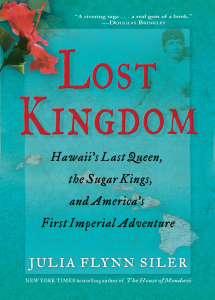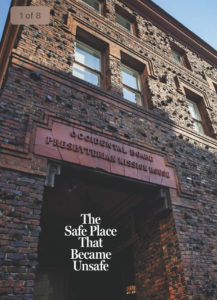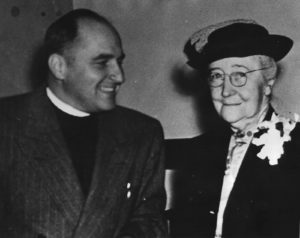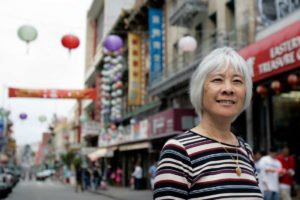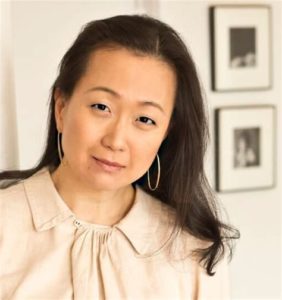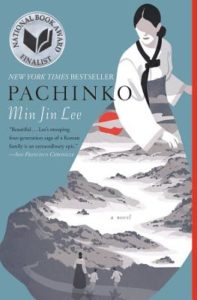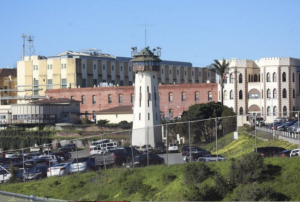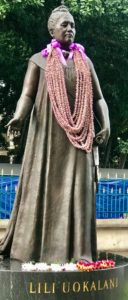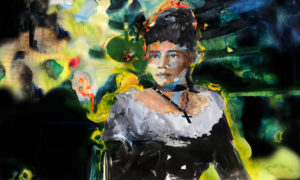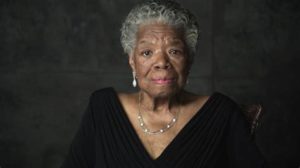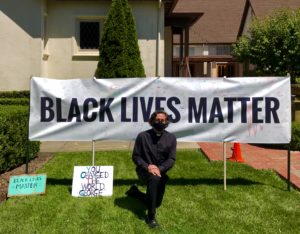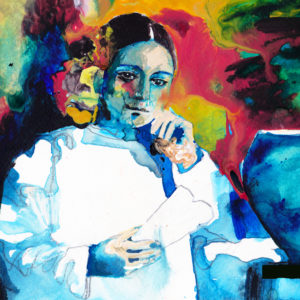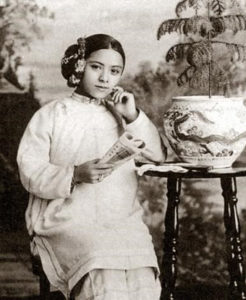We’re all connected.
I was reminded of that when a neighbor mentioned he’d read my story for Alta Journal about traveling to the Arctic Circle last fall.
One sentence leapt out at him: “Nothing seemed fixed: water, stars, sky, or people. It was all changing and rotating and moving in a dance governed by randomness.”
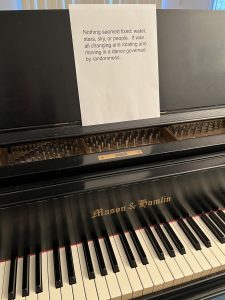
I wrote that sentence late at night, while tucked up beneath my comforter the upper bunk of my tiny cabin. I’d just returned from a nighttime expedition to see the stars in an inflatable Zodiac raft and I was trying to capture the almost psychedelic feeling we’d had while floating in the dark on the Arctic Sea.
Most mornings and every night, I’d tap away on my laptop about my experiences aboard ship as one of the 29 writers and artists who were taking part in a residency organized by the non-profit group, The Arctic Circle. It was my version of a daily ship’s log.
When I got home to Northern California, I sat down to write the article for Alta about the experience. The log I’d kept was helpful, as was a detailed log of the ship’s daily movements compiled by our expedition leader, Sarah Gerats. I lifted that sentence (and a few others) for the Alta article straight from my diary.
My neighbor, Jeremy Levin, is a classical pianist and a composer. He’d been working on a composition for Ukraine and found inspiration in that sentence for a key tonal change in the piece.
He and his wife Charlotte invited me to his studio to play the piece, followed by tea and treats afterwards. He sat down at his Mason & Hamlin grand piano and took a deep breath before beginning. Chills ran through me when he played his composition for us.
Hearing how Jeremy had incorporated the spirit of my sentence into his piano piece was a lovely experience. It reminded me how the work we do can sometimes reverberate in beautiful and unexpected ways.

The view through the porthole in my cabin aboard Antigua.

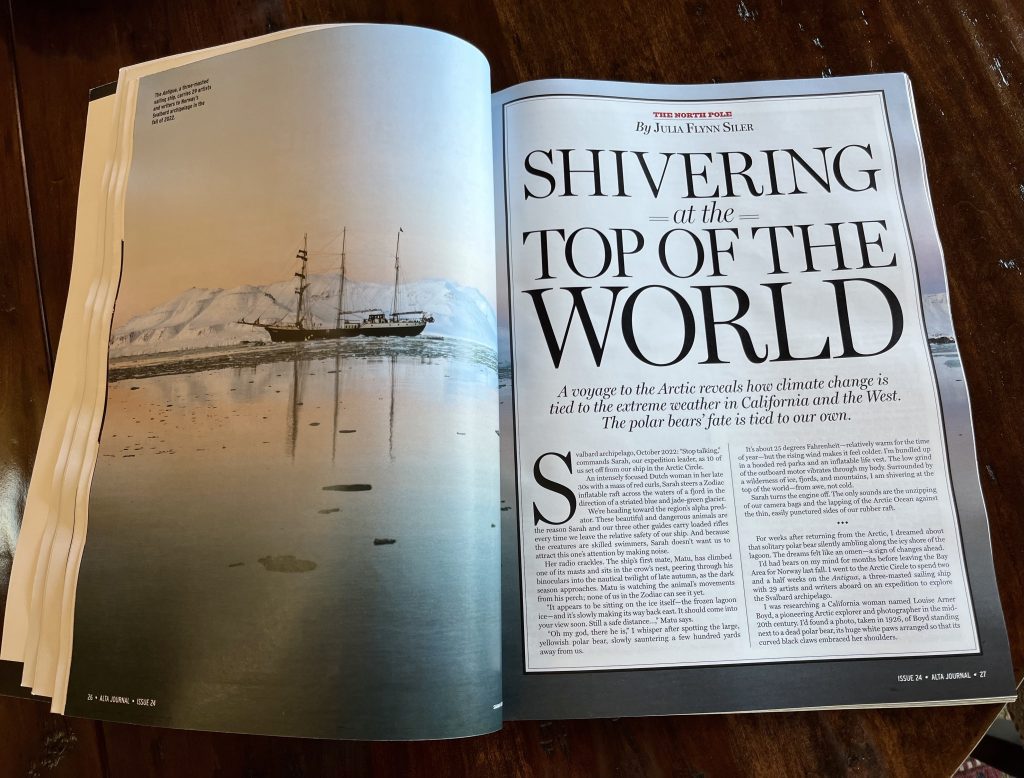

 Since I’d never fully listened to the audio version of
Since I’d never fully listened to the audio version of 